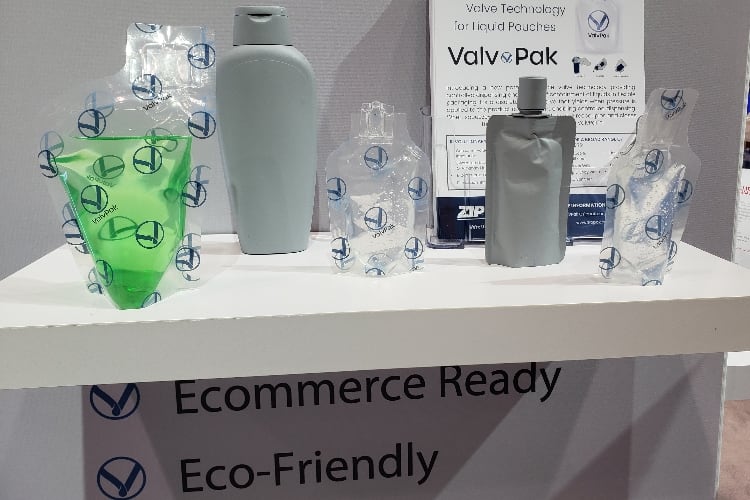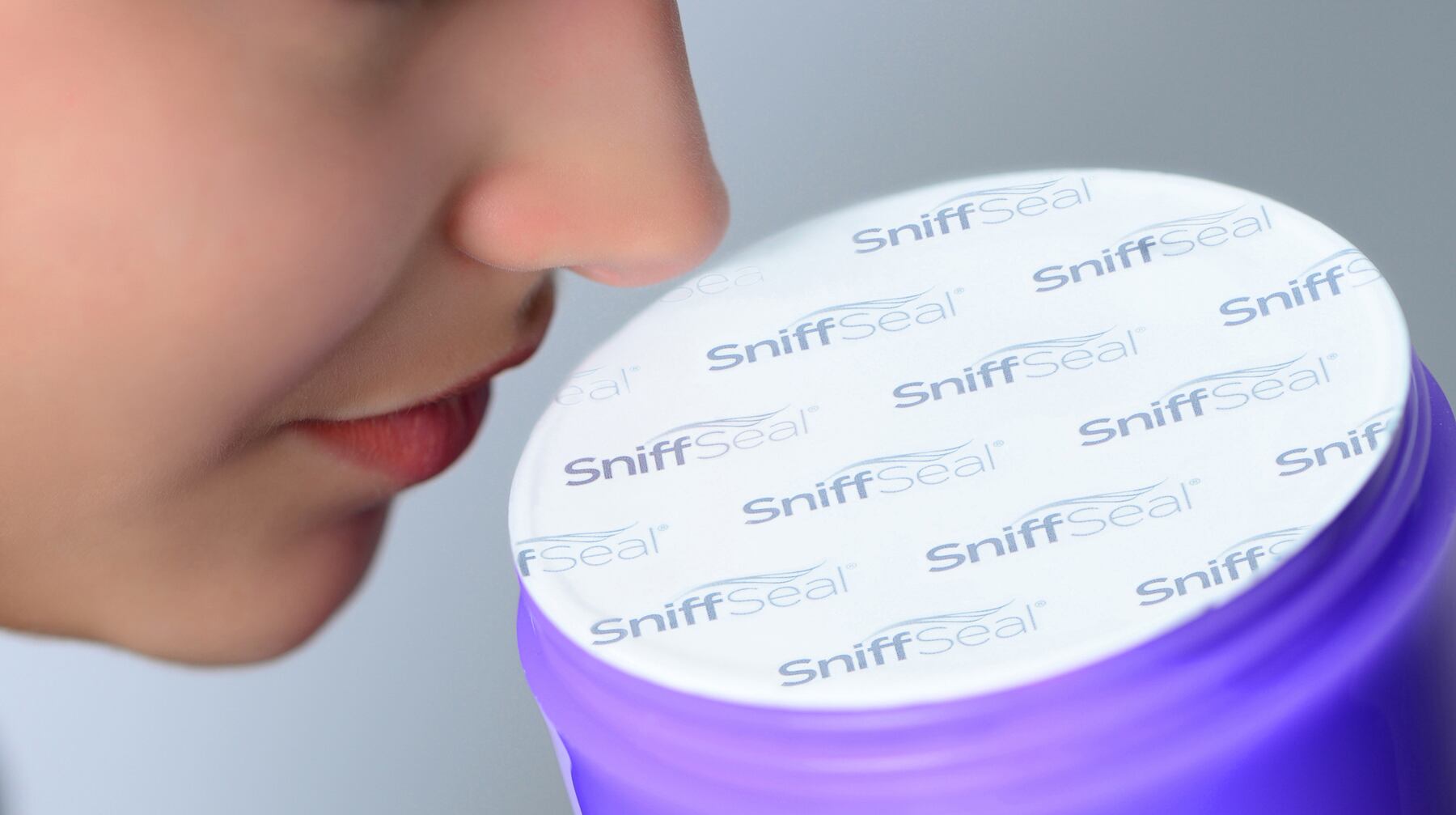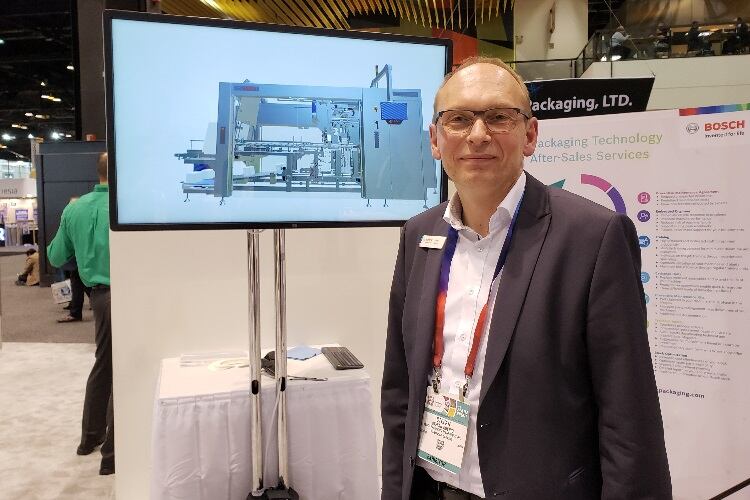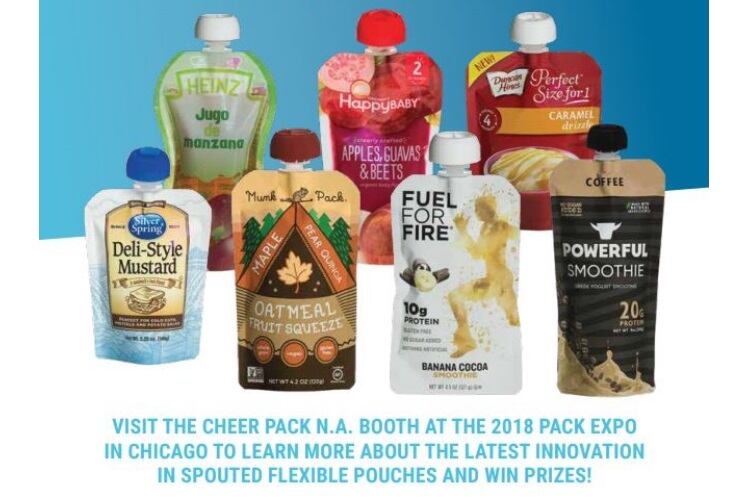Small plastic cups are used to package a range of food and beverage products like yogurt, applesauce, juice and fruit. Successful for their convenience and portability, cups have been a packaging staple for decades.
But ever since pouch packaging has transcended juice brands like Capri Sun and adapted to hold a range of viscous liquids, there’s been a debate among manufacturers and customers on which method comes out on top.
Know your demographic
Both styles of packaging are ideal for portable snacks, and particularly in marketing products for children. Applesauce and other fruit purees have been a hit with the pouch renaissance, making it easier for kids to suck the product out of the straw-like opening. This eliminates the need for a separate utensil, as cup packaging requires, and results in less potential for making a mess.
RA Jones, a division of Coesia, spoke about the cup vs. pouch debate at Pack Expo and concluded that manufacturers need to take cues from their demographic when choosing between the two options, but it’s a safe bet to include both in their portfolio.
They shared that younger people overall, including kids, teens and millennials, have been more receptive to pouch packaging as they are more likely to embrace new technology. Older generations don’t like the idea of sucking on pouches because it feels ‘childish’ and too much of a departure from the cup-and-spoon method they’re used to.
Innovating cap solutions
However, pouches don’t come without their drawbacks. The removable caps can be potential choking hazards for small children, the intended demographic. Some companies are working on solutions to capping problems, with Illinois-based Zip-Pak introducing its new patented flexible valve technology at Pack Expo.
ValvPak features a rip-top opening that releases and recloses with one hand. Squeezing the pouch opens the valve to release the product and letting go closes it again. It only works after tearing off the top seal, so the packs are protected from pressure during transportation.
Erin Henry, Global Director of Innovation and Marketing for Zip-Pak, said “Each new product is designed to meet specific consumer usage needs, while also delivering quality and efficiency to brand owners, converters and co-manufacturers.”
“We are confident these reclosure solutions will enable our brand partners to market innovative packages that will attract and delight their consumers.”
Zip-Pak reported that ValvPak will be ready for a commercial launch in early 2019 and plans to first enter the home and personal care market with products like soap, shampoo, conditioner, lotion, hand sanitizer and detergent. But the technology could have a wider application to the food and beverage pouch sector in the future, preventing spills and leakage industry-wide.
Room for improvement
Beyond capping struggles, pouches also fall behind cups in shelf presentation. Stackable cups are easily branded and visible on the grocery store shelf, while pouches fall into a pile and don’t catch the customer’s attention.
RA Jones reported that 70% of grocery purchases are made at the point of sale, so it is a viable concern that if a consumer can’t see an item standing up on a shelf, they may not buy it.
Pouches are also not as easily recyclable as plastic cups because they are made from multiple layers of materials that can’t be separated. This leads them into landfills and oceans, clogging up the environment with more plastic waste.
RA Jones concluded that both methods of single-used snack and beverage packaging have their merits and their pitfalls, and companies shouldn’t be abandoning one for the other. They each excel in convenience and portability but need improvements to be more environmentally sustainable.




